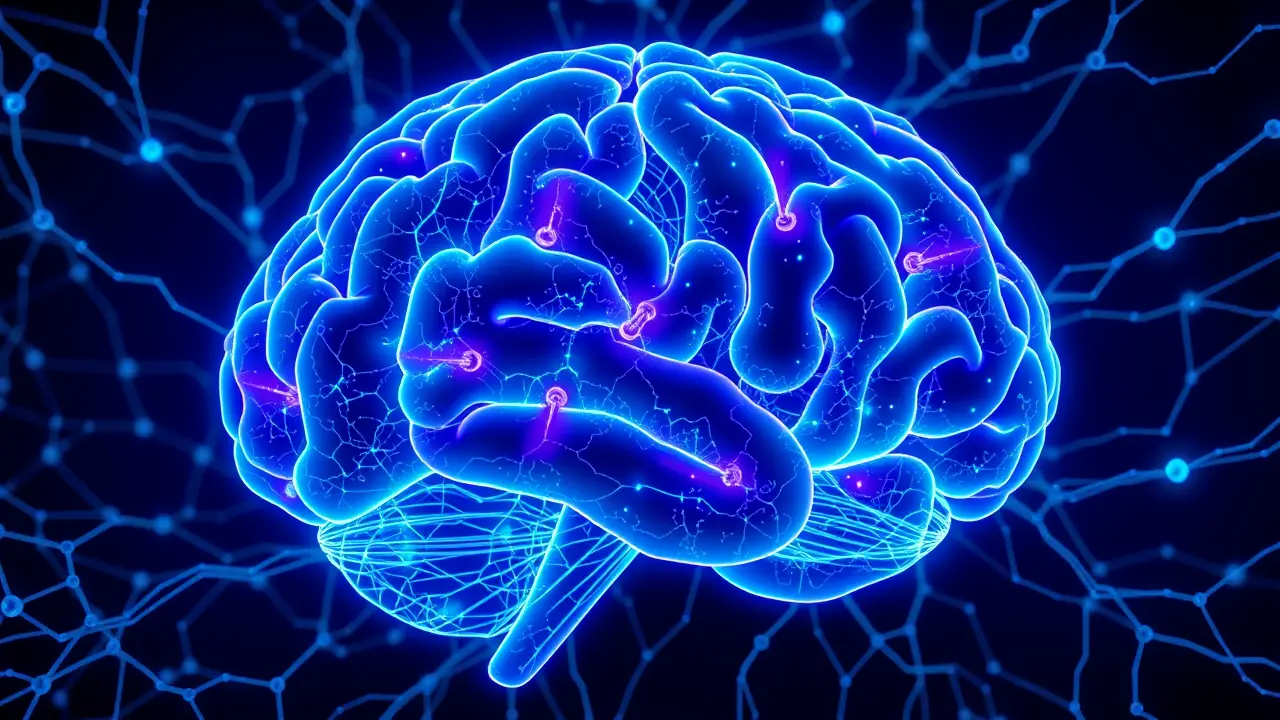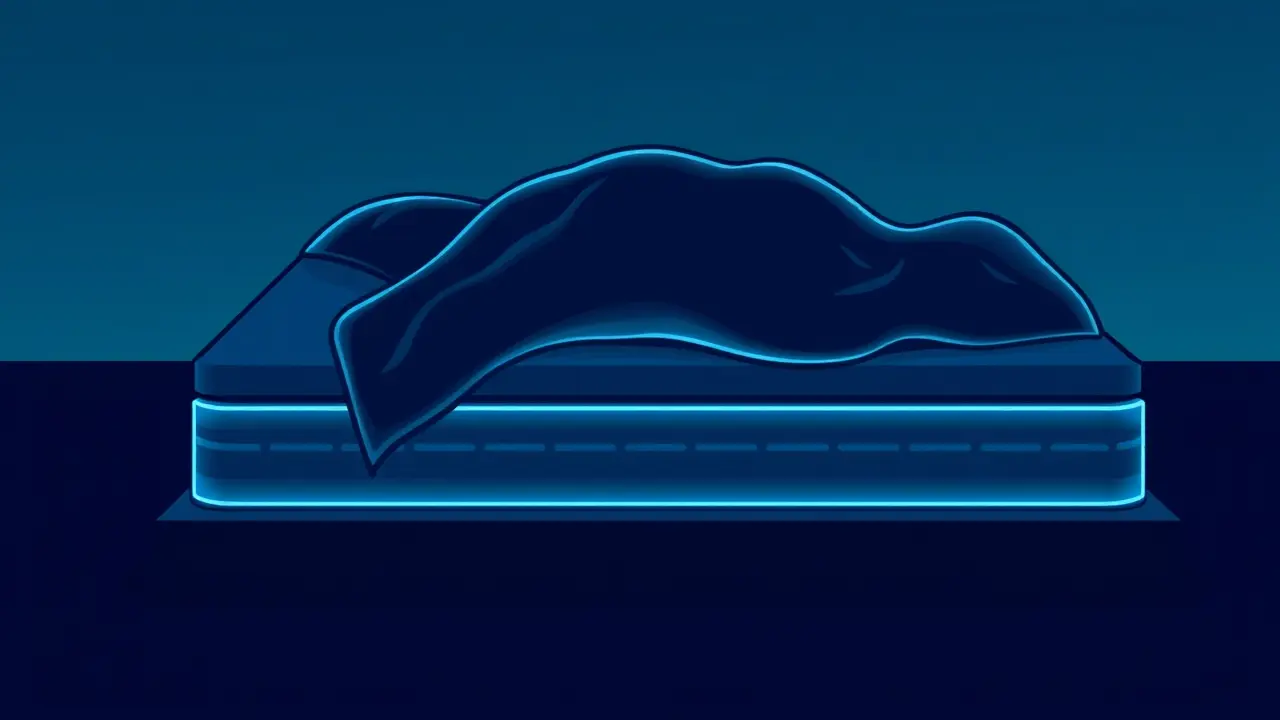
ScienceneuroscienceBrain Mapping
A groundbreaking brain map could revolutionize Parkinson’s treatment
KE
Kevin White
8 hours ago7 min read
In a development that feels like it's been pulled from the bleeding edge of a sci-fi medical thriller, a team of visionary scientists from Duke-NUS Medical School has just dropped a biological bombshell: BrainSTEM, a revolutionary single-cell atlas of the developing human brain that promises to fundamentally recalibrate our approach to neurodegenerative diseases, with Parkinson’s standing squarely in the crosshairs. This isn't just another incremental dataset; it’s a complete cellular census, a high-definition Google Maps for the brain’s most intricate wiring, capturing the full, dazzling diversity of cell types with a precision that was previously the stuff of pure fantasy.The project’s intense focus on dopamine neurons—those crucial messengers whose gradual death is the hallmark of Parkinson’s—is where the real therapeutic gold lies. For decades, the fight against Parkinson's has been hampered by a fundamental flaw; our lab-grown models, the very petri-dish simulations we use to test new drugs and understand the disease's progression, have been crude approximations, like trying to navigate a metropolis with a hand-drawn sketch from the 1800s.BrainSTEM ruthlessly exposes these flaws, providing a stark, single-cell-resolution contrast that shows just how inaccurate our current stand-ins truly are. But it doesn't just point out the problems—it offers a powerful, open-source solution, a definitive genetic and molecular standard against which all future brain models must be measured.This leap is monumental, moving us from an era of educated guesswork into one of exquisite biological fidelity. Imagine being able to grow perfect, patient-specific dopamine neurons in a lab, to test thousands of potential drug compounds on truly human-accurate cells without a single human trial, or to engineer cell-based therapies that can be surgically implanted to replace what Parkinson’s has destroyed, all guided by this unprecedented map.The implications ripple far beyond Parkinson's, offering new lenses through which to view schizophrenia, autism, and a host of other neurodevelopmental disorders. This is the kind of foundational science that doesn't just add a new chapter to the textbook; it demands we rewrite entire sections, pushing us toward a future where repairing the brain is not a distant hope but a programmable, precise engineering challenge. The work of these researchers is the crucial, often-unseen infrastructure upon which the medicine of tomorrow will be built, and with BrainSTEM now available to the global research community, the race to turn this cartographic marvel into clinical reality has just begun in earnest.
#featured
#BrainSTEM
#single-cell map
#dopamine neurons
#Parkinson's disease
#brain modeling
#cell-based therapies
#Duke-NUS
Stay Informed. Act Smarter.
Get weekly highlights, major headlines, and expert insights — then put your knowledge to work in our live prediction markets.
Related News
© 2025 Outpoll Service LTD. All rights reserved.












